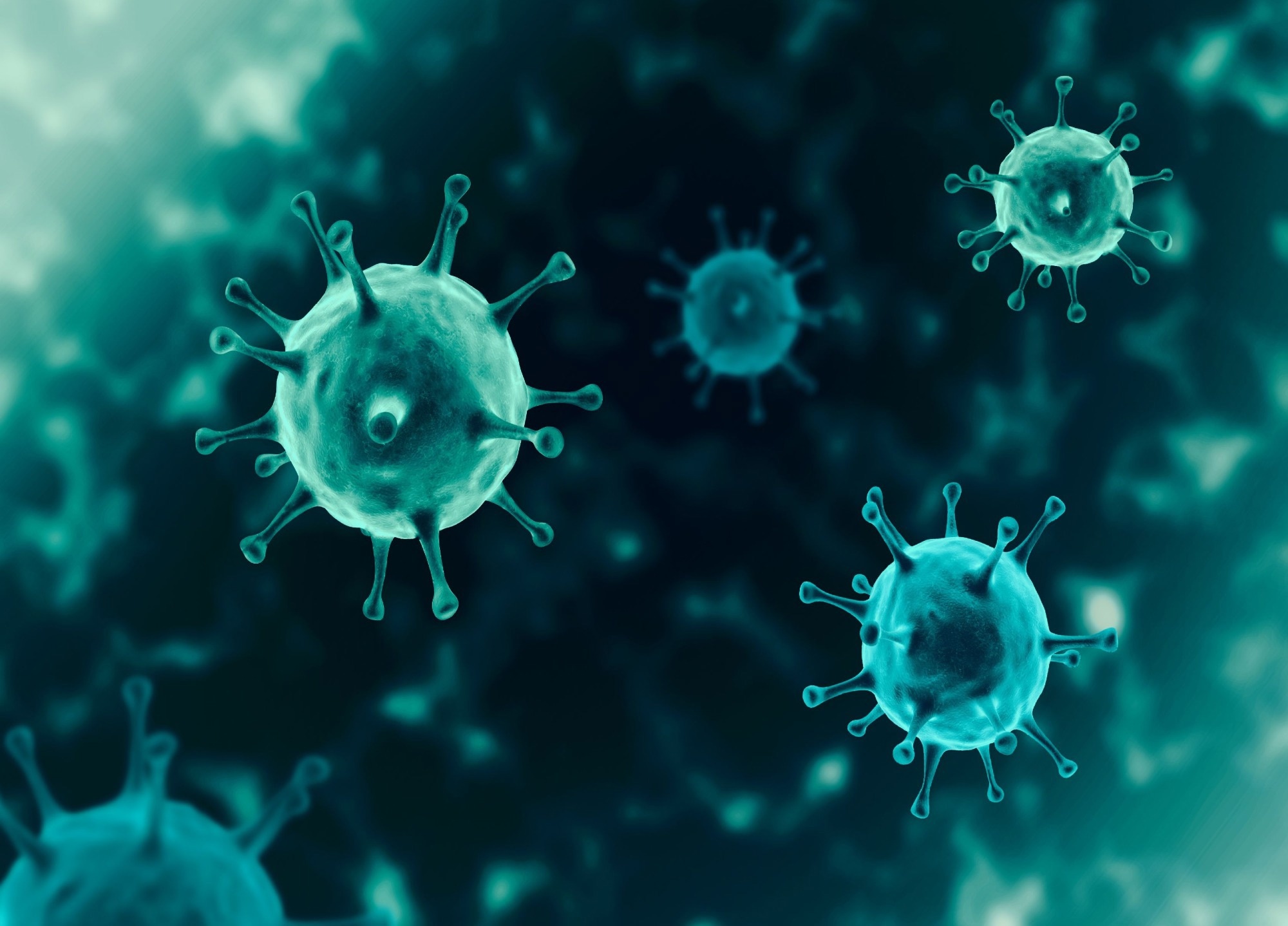A recent study posted to the Research Square* preprint server showed that 7DW8-5, an immunostimulatory glycolipid impeded three respiratory viral infections, including severe acute respiratory syndrome coronavirus 2 (SARS-CoV-2), in vivo.
 Study: An Immunostimulatory Glycolipid That Blocks SARS-CoV-2, RSV, and Influenza Infections In Vivo. Image Credit: Nhemz/Shutterstock
Study: An Immunostimulatory Glycolipid That Blocks SARS-CoV-2, RSV, and Influenza Infections In Vivo. Image Credit: Nhemz/Shutterstock

 *Important notice: Research Square publishes preliminary scientific reports that are not peer-reviewed and, therefore, should not be regarded as conclusive, guide clinical practice/health-related behavior, or treated as established information.
*Important notice: Research Square publishes preliminary scientific reports that are not peer-reviewed and, therefore, should not be regarded as conclusive, guide clinical practice/health-related behavior, or treated as established information.
Background
Over the last two and a half years, the SARS-CoV-2 pandemic has affected populations worldwide. The successful discovery and use of preventive vaccines that significantly reduced deaths, symptomatic infections, and hospitalizations helped lessen the impact of the coronavirus disease 2019 (COVID-19) pandemic.
Yet, vaccine-breakthrough infections have increased in frequency, especially following the appearance of viral variants that are antigenically distinct from the ancestral strain utilized in the existing COVID-19 vaccines, as SARS-CoV-2 continues to disseminate and mutate globally. Therefore, the preventative arsenal needs to include more strategies, such as ones that exploit the host's innate immune system and enable quick infection control.
Natural killer T (NKT) cells, a crucial component of innate immunity, are involved in autoimmune illnesses, cancer, and preventing infections. Invariant NKT (iNKT) cells are NKT cells that have a semi-invariant T-cell receptor (iTCR), identifying particular glycolipids attached to CD1d molecules on antigen-presenting cells and set off a chain reaction of cytokines and chemokines. α-galactosylceramide (α-GalCer), a glycolipid, was the first CD1d ligand to be discovered.
The current work's authors have identified an α-GalCer analog, 7DW8-5, from a narrowly targeted collection of synthetic glycolipids demonstrating much more robust immunostimulatory action in iNKT cells of human and mouse in vitro.
About the study
In the present study, the scientists described the mechanism-specific role of 7DW8-5 in protecting animal models from infection with the influenza virus, SARS-CoV-2, and respiratory syncytial virus (RSV).
The team evaluated the hypothesis that 7DW8-5's immunostimulatory impact could hinder SARS-CoV-2 infection in mice. Further, they examined whether 7DW8-5 could lose its antiviral effectiveness due to repeated dosing, possibly resulting in NKT-cell anergy.
The researchers explored the antiviral impact of 7DW8-5 on other SARS-CoV-2 variants, beginning with B.1.1.529, i.e., the Omicron BA.1 variant, infecting wild-type mice without previous adaptation. A comparable analysis was conducted using B.1.617.2, i.e., the Delta variant, which can infect keratin 18-human angiotensin-converting enzyme 2 (K18-hACE2) transgenic mice as well as hamsters and not wild-type mice. The scientists next investigated whether 7DW8-5's defense could be broadened to other clinically significant viral infections, including influenza virus and RSV, given that it lacked direct antiviral efficacy against SARS-CoV-2 in vitro and was probably stimulating a component of the innate immunity.
One day after giving six BALB/c mice either 2 µg of 7DW8-5 IN or saline, the authors examined the chemokine/cytokine pattern in bronchoalveolar lavage (BAL), sera, and homogenates of lungs or nasal turbinate. Finally, they investigated the protection mechanism of 7DW8-5.
Results and conclusions
The team discovered that intranasal delivery of the immunostimulatory glycolipid 7DW8-5 prevented SARS-CoV-2 infection in wild-type mice. This was demonstrated by stable body weight and reduced viral replication in the lung by >2 logs.
Additionally, the viral titer in the nasal turbinate was decreased by around 50-fold, which was greater than the blockage exhibited by monoclonal antibodies in this tissue compartment. Nevertheless, the administration of 7DW8-5 following SARS-CoV-2 exposure was ineffective, indicating that this glycolipid will not be beneficial as a treatment. This was probably because its immunostimulatory properties require a significant head start to suppress a rapidly replicating virus.
The authors also demonstrated that 7DW8-5 protected from two SARS-CoV-2 variants, i.e., Omicron BA.1 in wild-type mice and Delta in hamsters and K18-hACE2 transgenic mice. Furthermore, an equivalent antiviral activity was seen in mice upon RSV or the influenza virus challenges. These results illustrate the breadth of immunity offered by 7DW8-5 against three relevant respiratory viral families (CoVs, orthomyxoviruses, and paramyxoviruses) with pandemic potential.
The study results also depicted that 7DW8-5 has a host-directed and mechanism-specific activity. Although this glycolipid produced several chemokines/cytokines, its antiviral activity was eliminated in CD1d-knockout (KO) mice.
Besides, interferon γ (IFN-γ), an element in the innate immune system proven to exhibit broad antimicrobial properties, was demonstrated to be another core part of the protective role of 7DW8-5. Indeed, pre-treatment with an inhibiting anti-IFN-γ monoclonal antibody rendered 7DW8-5's protective effect in wild-type mice drastically ineffective. In addition, it demonstrated no protection among IFN-γ-KO mice.
Therefore, IFN-γ and CD1d were required for the in vivo 7DW8-5 activity; however, it is yet unknown if these two factors alone are adequate as there may be significant mediators that function downstream of IFN-γ.
The investigators noted that a chemical substance like 7DW8-5, which is easily administrable and inexpensive to produce, may help contain the COVID-19 pandemic and respond to future respiratory virus pandemics before the development of vaccinations or drugs.

 *Important notice: Research Square publishes preliminary scientific reports that are not peer-reviewed and, therefore, should not be regarded as conclusive, guide clinical practice/health-related behavior, or treated as established information.
*Important notice: Research Square publishes preliminary scientific reports that are not peer-reviewed and, therefore, should not be regarded as conclusive, guide clinical practice/health-related behavior, or treated as established information.